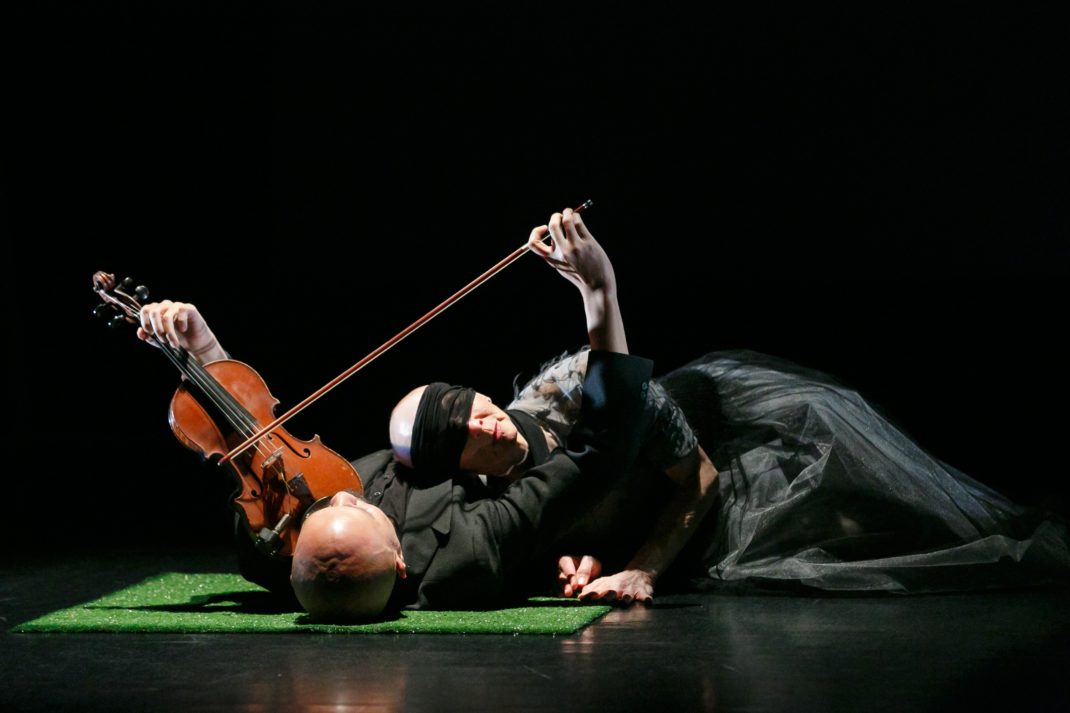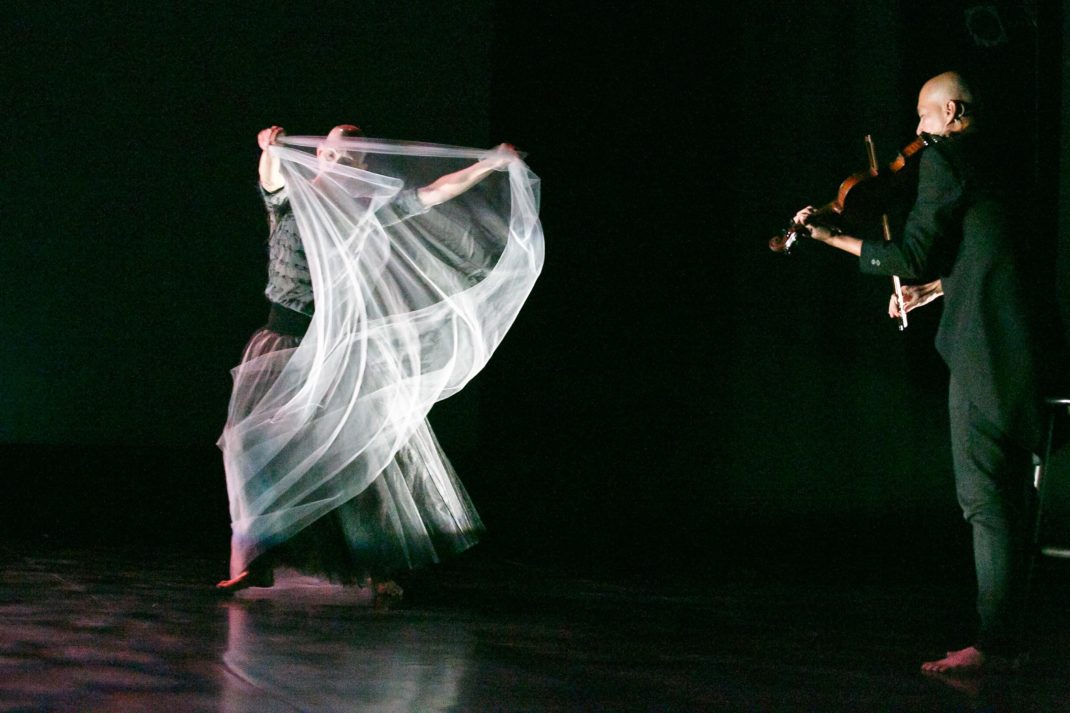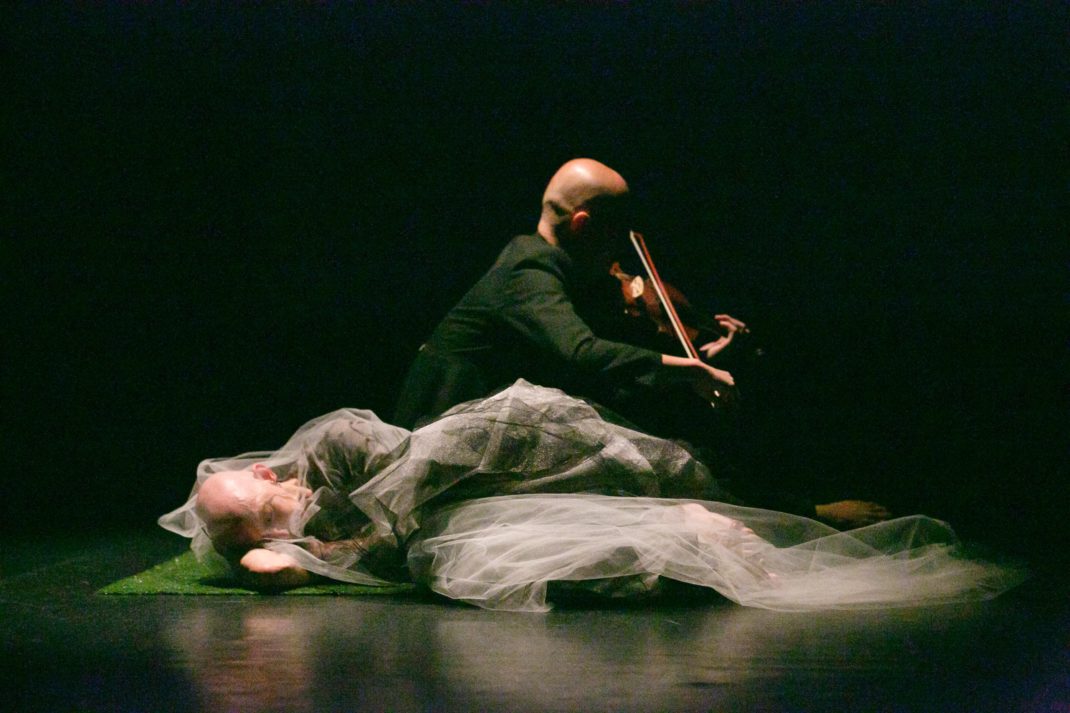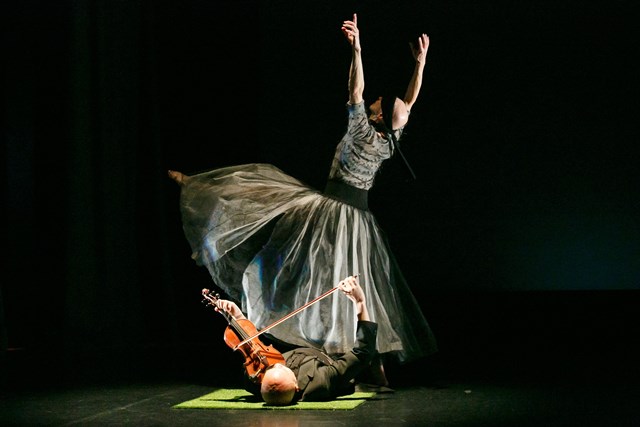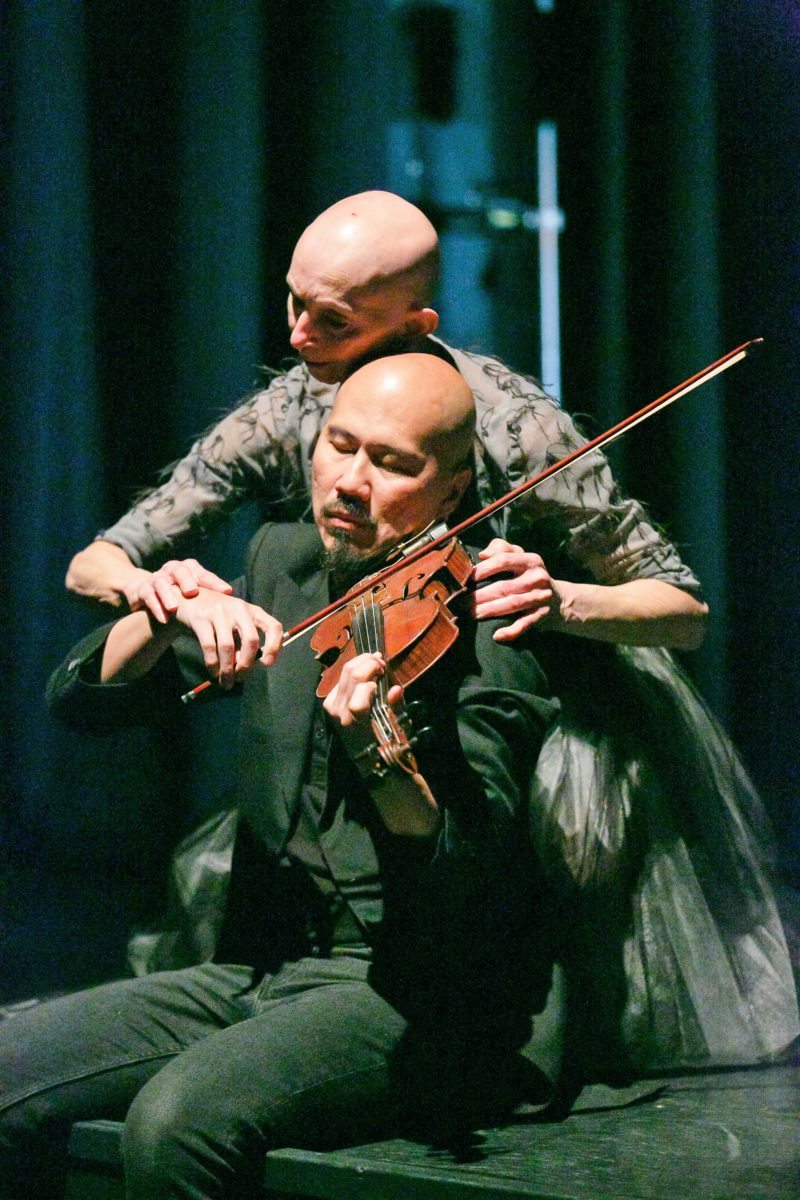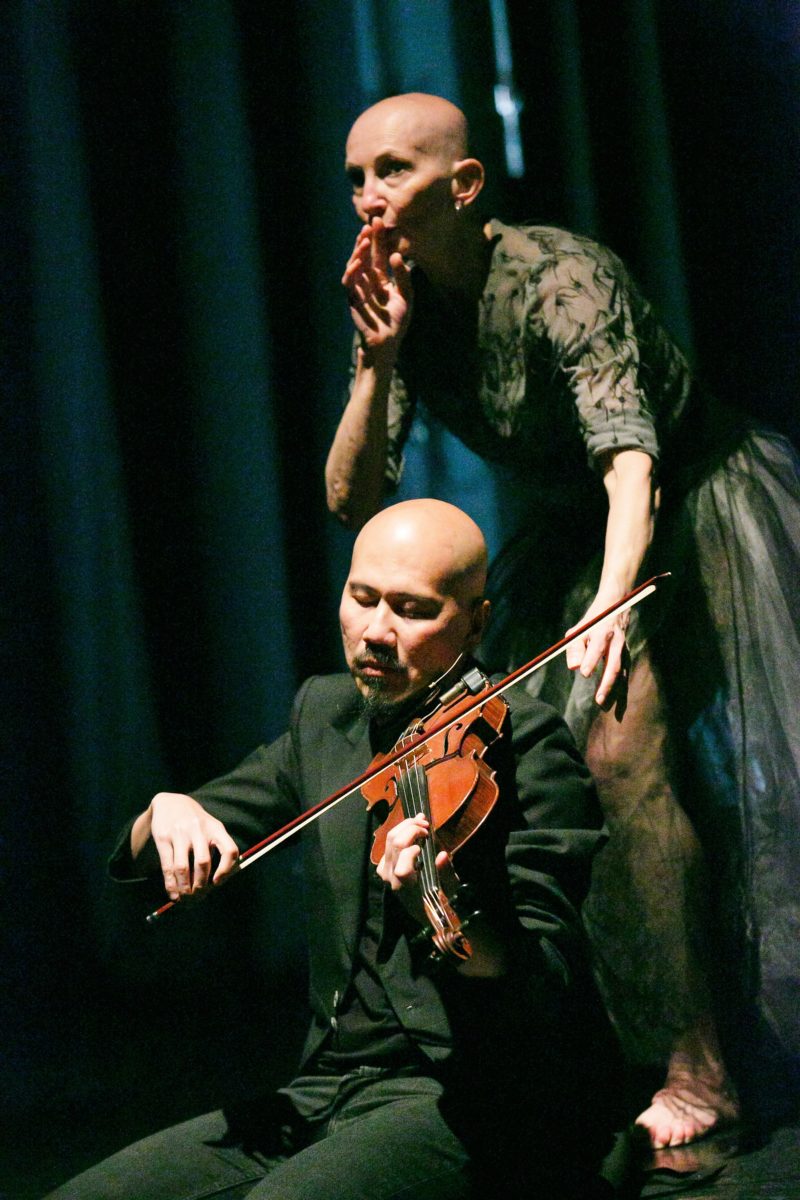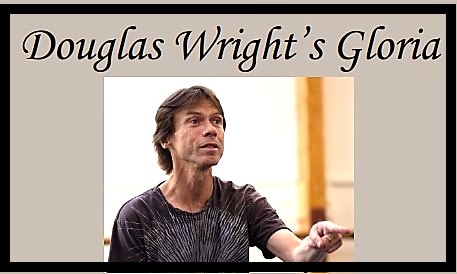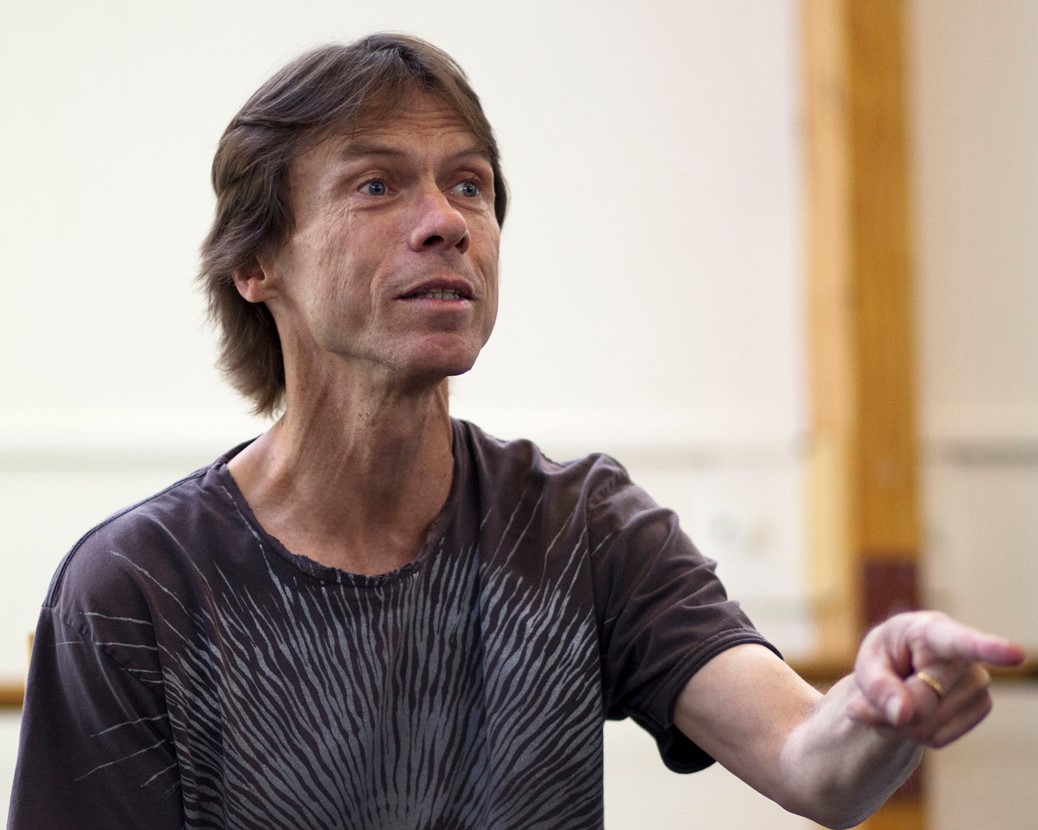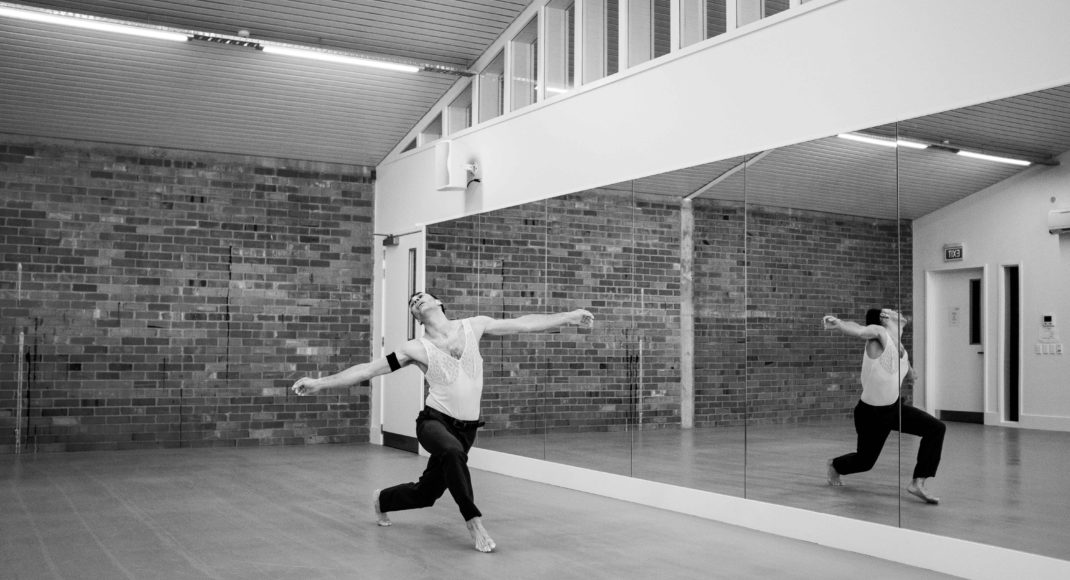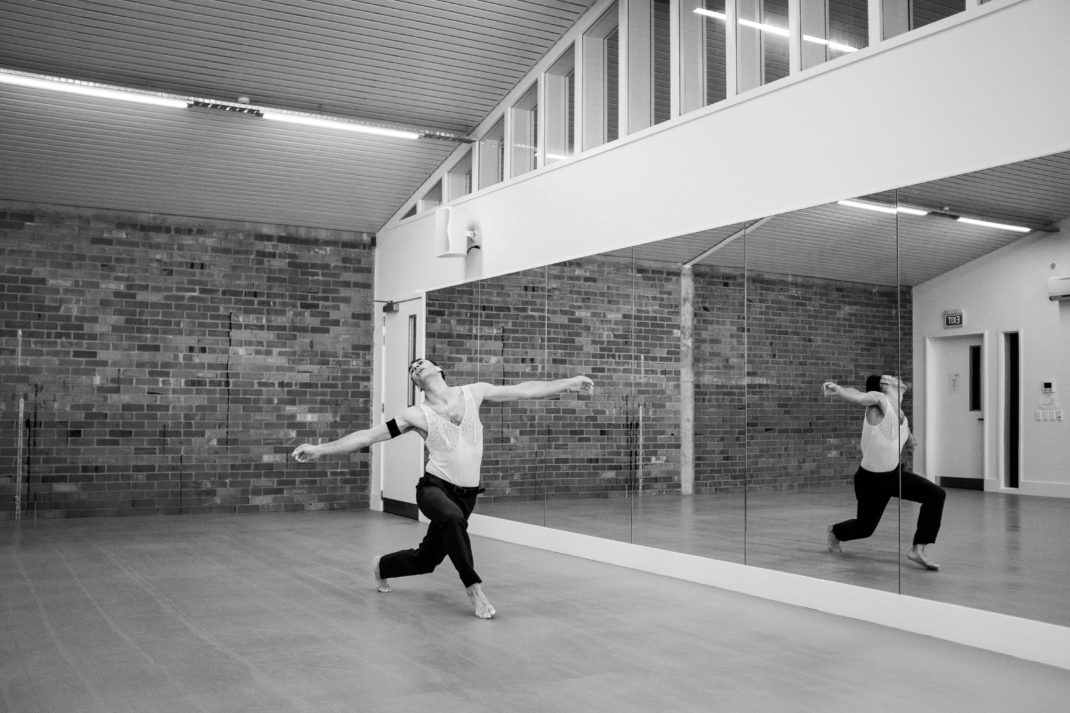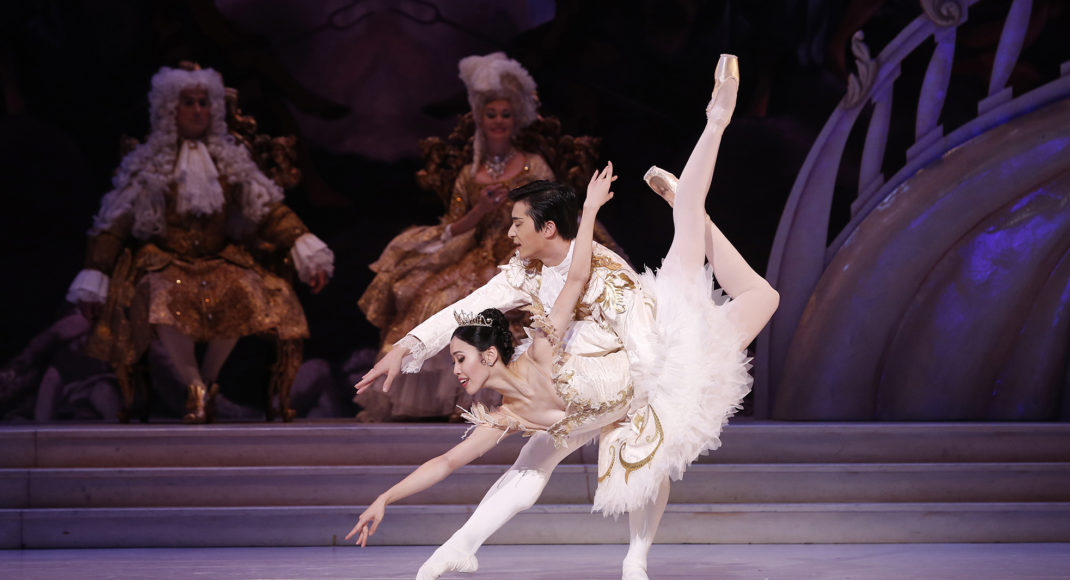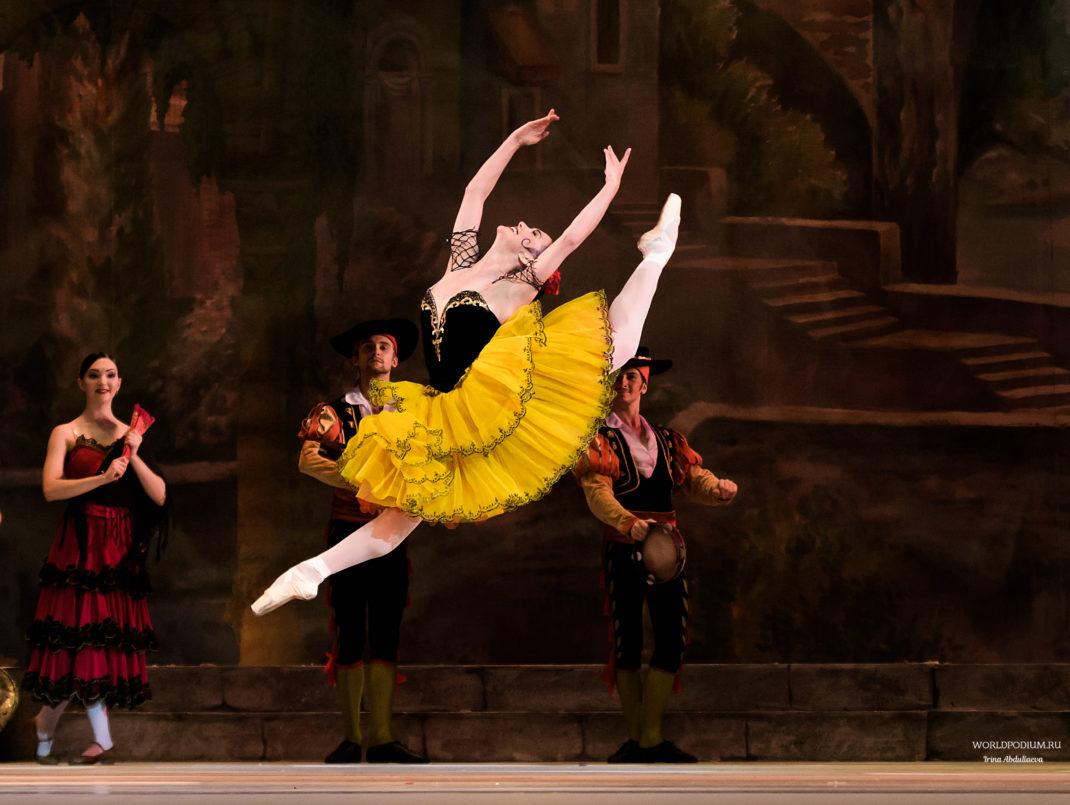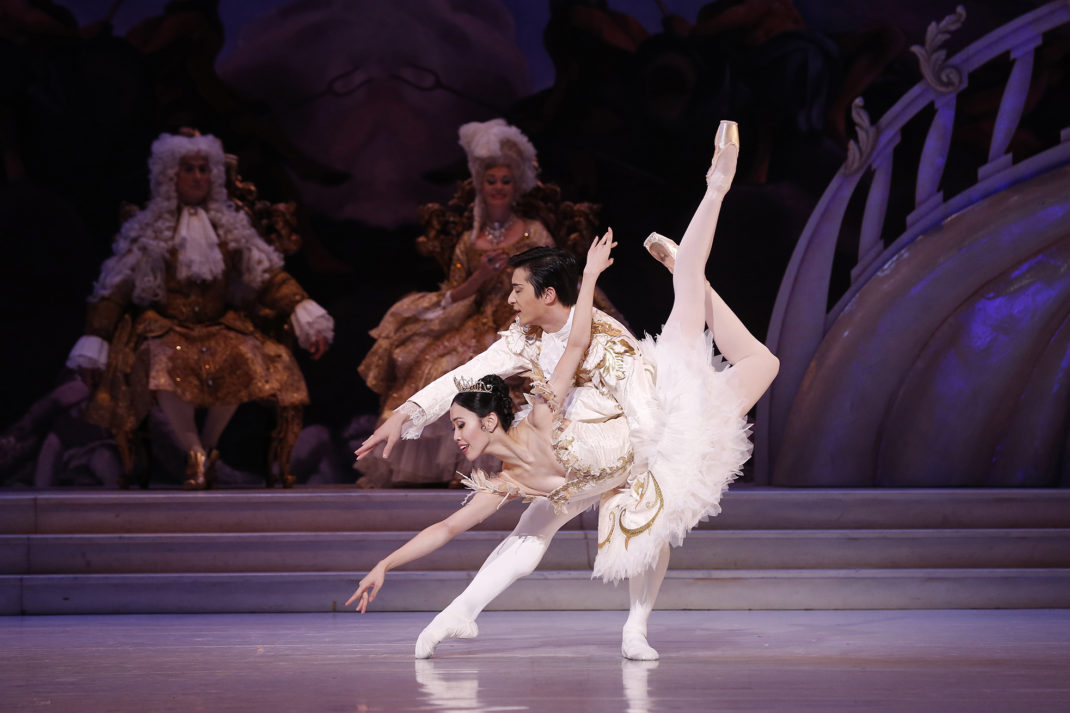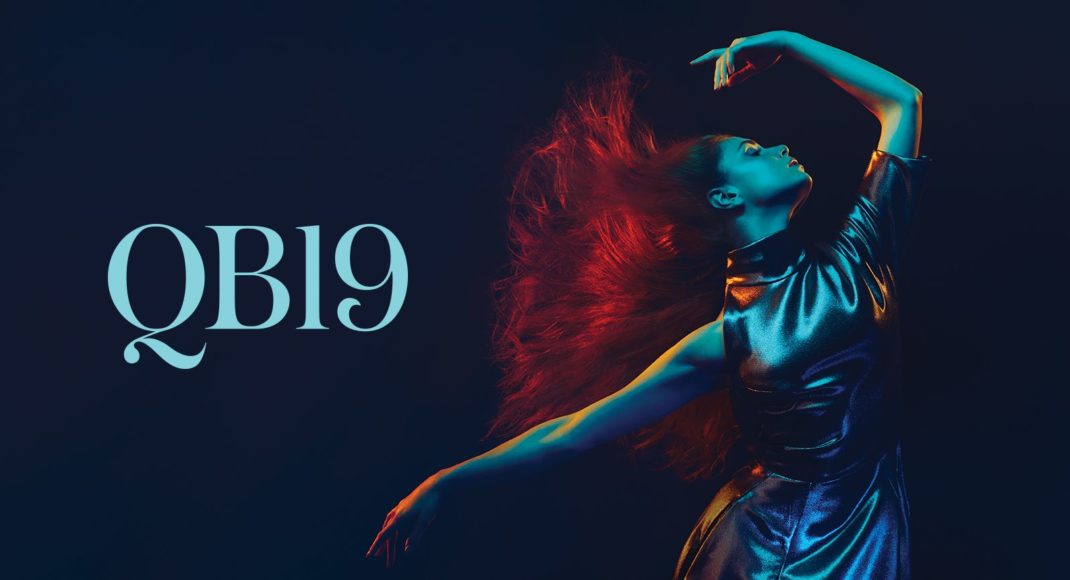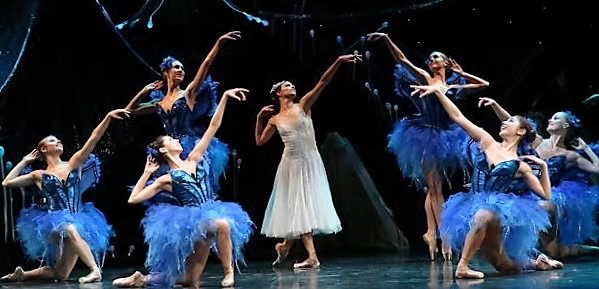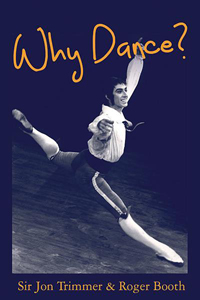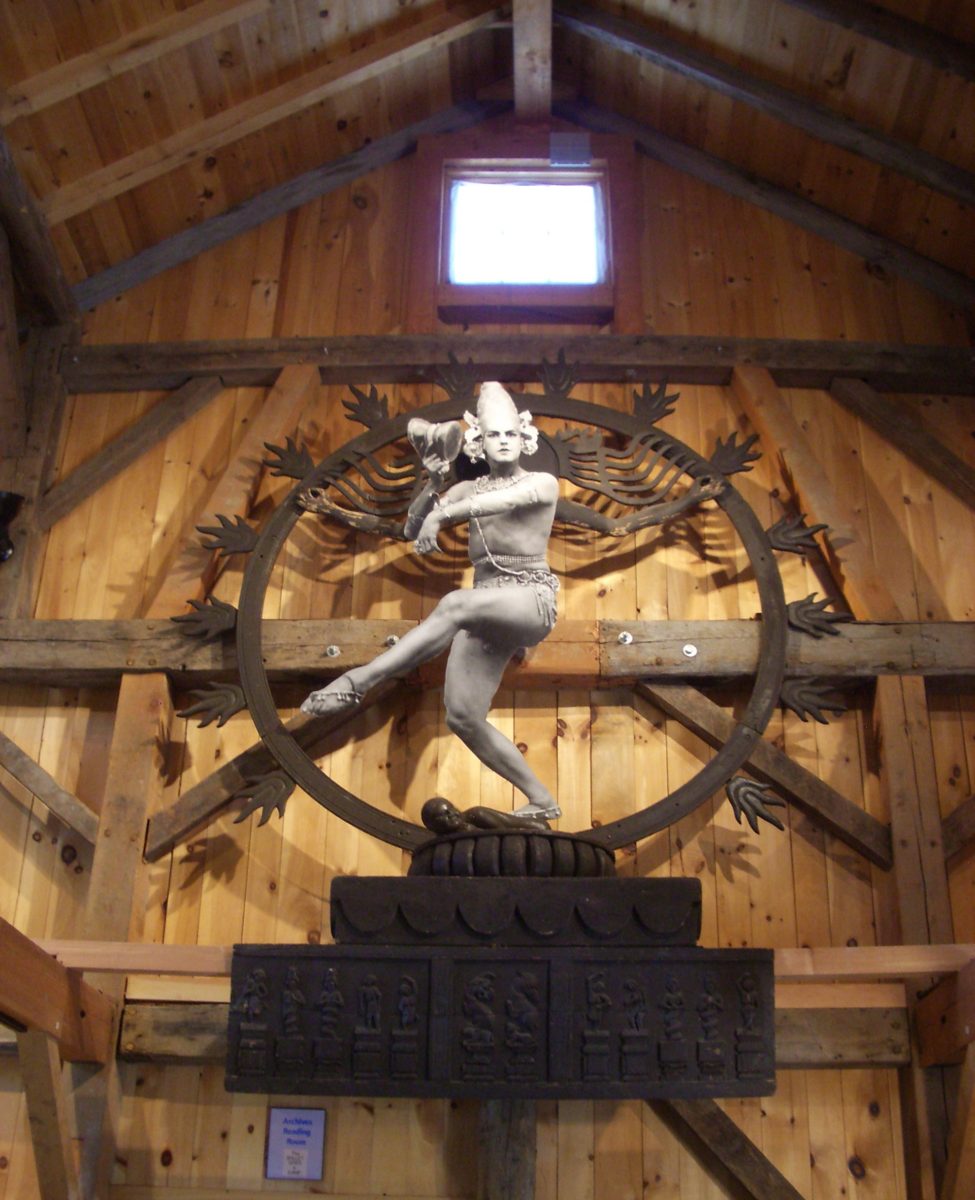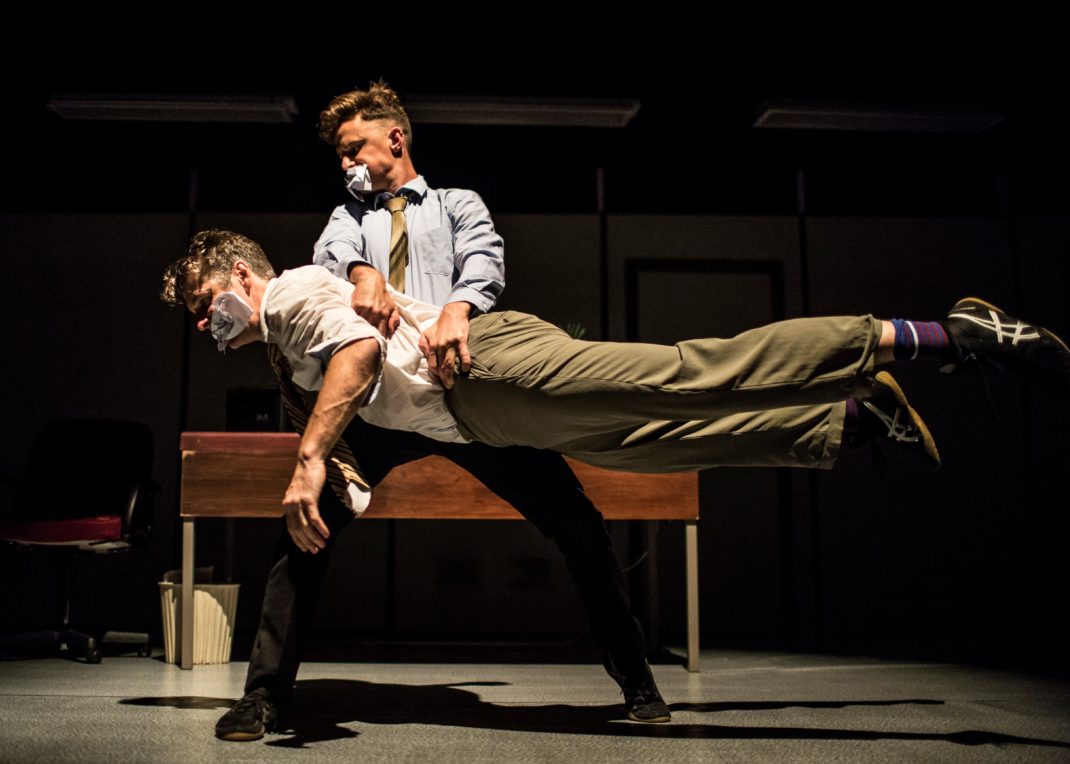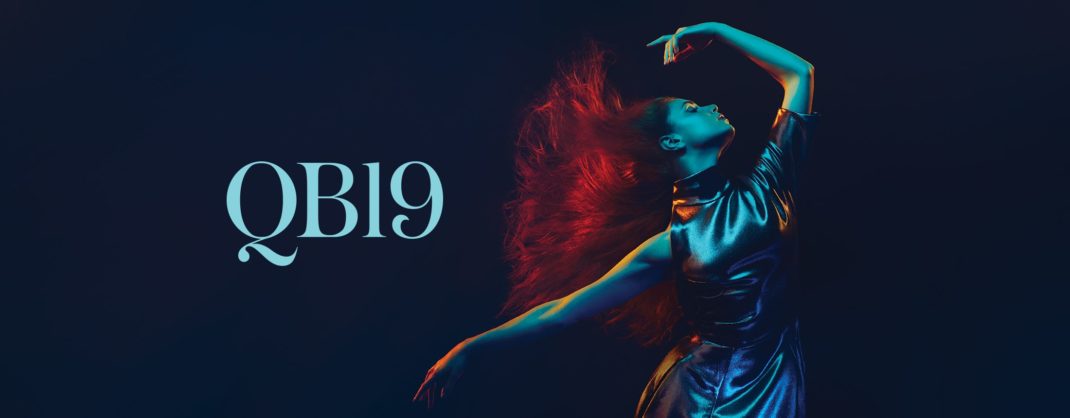5–13 October, 2018. The Vault, Q Theatre, Auckland. Tempo Dance Festival
Reviewed by Jennifer Shennan
Between Two is a tandem of two 15 minute choreographies. The first, Tipu, is by Kelly Nash. The second, M₋Nod, is by Douglas Wright. Although not designed as such, the two works act as prologue and epilogue to each other. It is a perfect program.
Less than perfect is the venue, a tiny cramped vault in the Q Theatre complex, with the audience sitting in three rows of chairs on the same level as the performance space, and with an overhead stud the lowest since the New Zealand Ballet performed in A&P sheds around the country in 1953. ‘Don’t jump too high dears or you’ll crack your skulls open on the beam that’s two inches above your heads.’
There’s a noisy fan left on throughout the performance blowing cold air into our faces. Why? It’s not a hot night. ‘Oh because the fan’s droning helps block out the voices and footfalls of people in the foyer upstairs. This is a sustained and demanding 15 min solo so the dancer needs to concentrate.’ Well, I can understand the dancer’s need to concentrate, but Wright has for decades been New Zealand’s premier dance-maker, a force of theatre, the most important artist in my and many people’s life, and this dance will be his last. Was there no better space available in all of enormous Auckland for his swansong?
‘May I have a program or cast sheet please?’ (it’s hard to review without one). ‘Oh there isn’t a printed program,’ the box-office informs. Well I don’t believe that and sure enough, after it’s all over we are indeed handed a program. Hence this review.
Kelly Nash, working with Atamira Dance Company, has choreographed a number of memorable works of clear style and coherent proportions. The most recent I saw made a depth-sounding on Maori mythology and had extremely interesting collaboration with taonga puoro and karakia of Maori music. She’s an interesting choreographer who does not repeat herself. What will Tipu (meaning ‘seed’) offer? In a word, magic.
To Eden Mulholland’s inventive soundscape, two women, Nancy Wijohn and Atayla Loveridge, are encased in strong, transparent light-reflecting tights that seem like an otherworldy membrane of gladwrap. They move in sinewy duet, of sustained thread and thrust, suggesting female fecundity. It makes sense then that the two other members of the cast are Milly Kimberly Grant, a beautiful woman who sits, stands and moves about in the shadows upstage, singing snatches of lullaby, sometimes quiet sometimes strong, to Te-Whakanoa-sage, her five-month-old baby in her arms. He listens to her, looks about at the dancers, snuggles in, suckles a little, traces the other breast while doing so, just to check that there will be more milk for later. He strokes his mother’s cheeks and sucks on her chin, looks at the dancers, looks at us. We can’t see Te Whakanoa altogether clearly because our eyes are brimming at his total absence of guile, at his sweet soft gentle exploration of air, movement for its own sake. Who wouldn’t want to slow down time and embrace a five-month-old baby? The first dance.
All four performers take a simple graceful bow and walk quietly away. M_Nod, which is a nod to Morpheus, the god of dreams, opens with the recorded voice of Douglas Wright instructing us ‘Please close your eyes’ and so we do. After a minute or two ‘Please open your eyes’ and so we do. The scene is now set with a prone figure in a shroud, his head beneath a regular kitchen chair. Three knocks of the baroque conductor’s baton on the floor to warn us that the theatre-piece is about to start, that we should steady ourselves, and so we do.
There is text spoken through the muffle of the shroud. ‘I must get up’. But that only results in the dancer bashing his forehead against the seat of the chair. The shroud is pulled down to expose his face which turns towards us, the head shaking slowly as if to say ‘No’ but at ever increasing speed is soon a frantic blur of features. The body wriggles out, removes and tosses away the shroud. There stands Sean MacDonald, tall, dark and handsome, but no stranger to the dance stage here. Last week he was in Black Grace’s Crying Men. Here is rather more comfortably centre-stage, poised and open, ready to perform a solo masterpiece made for him by Douglas, for his protégé, friend and colleague.
Sean wears a black armband and we all know what that means. What follows is a flawless performance that encompasses the shade and light of all there is. The curiosity, the experimentation, the reaction to folly, the fury at incompetence, the search for explanations, the grace and the gladness expressed in strong clean diagonals, both within the body’s held line and gesture, as well as in the sequences of movement that will find the upstage-right to downstage-left diagonal line as a river of sweet strength to bathe in. James Joyce’s voice is heard reading from his Finnegan’s Wake. There will be an excerpt from Stockhausen’s Stimmung. Tuvan throat singing is heard.
Douglas Wright likes to choreograph for the throat, which always reminds me of Lord Krishna whose throat turned blue after he drank all the poisoned ocean so his people would be safe. There are motifs and echoes throughout the dance that refer to several of Wright’s own earlier works—Elegy for example, in atmosphere and costume (a woman’s negligee top and a man’s brown trousers); A Mystery Play in the head bashing (though here, mercifully, it is against the air rather than the wall); Forever and Black Milk and rapt in the arresting opening images; halo in the search for spiritual expression amid daily distractions; Gloria in the eye’s questing for transcendence. We can’t see Sean altogether clearly because our eyes are brimming at his total absence of guile, at the sweet soft gentle exploration of air, movement for its own sake. The last dance.
Fortunately there are four performances of this perfect program across two days and you can see them all because, incomprehensibly, the season is not sold out. There will be four more performances this weekend. By then the queues should be round the block, but who knows? This is Douglas’s last dance. He is in the hospice now—where the last rehearsals for M_Nod took place, all the above managed by rehearsal director Megan Adams who is working quiet miracles to do so.
The work was commissioned by Michael Lett, a young Auckland art gallery director, and had its premiere in the Grey Lynn Public Library hall back in July. Top marks to him, and to Carrie-Rae Cunningham, director of Tempo, for recognizing its importance and including it in the festival. I am assured there will be future performances, and that a good film has been made of the work.
Five of Douglas’ art works are currently hanging in New Zealand Art, an exhibition at the Auckland Art Gallery, where they sit alongside Colin McCahon, Jim Allen, Gretchen Albrecht (whose work was used as set design for Douglas’ first full length work, Now is the Hour, with Limbs in late 1980s—and we can rejoice that there is excellent film of that in Nga Taonga Film Archive).
… not to mention Douglas’ three published books, Ghost Dance, Terra Incognito (not a typo) and Black Milk, as well as his three volumes of poetry. Michael Lett is agent for the most recent art works. When I visited Douglas in the hospice, he murmured a worry that his work is not ‘out there’. I could assure him that it is.
Jennifer Shennan, 10 October 2018
Featured image: Sean MacDonald in rehearsal for Douglas Wright’s M_Nod.
